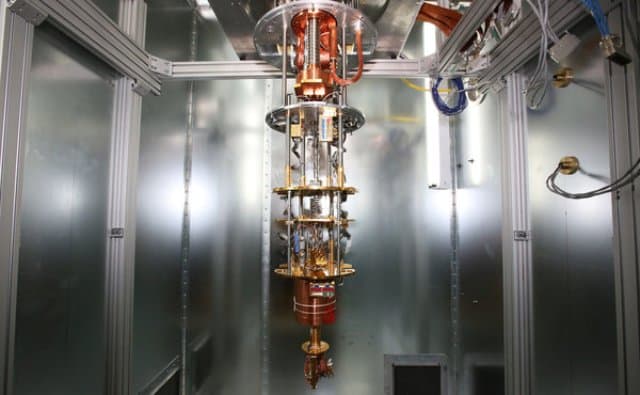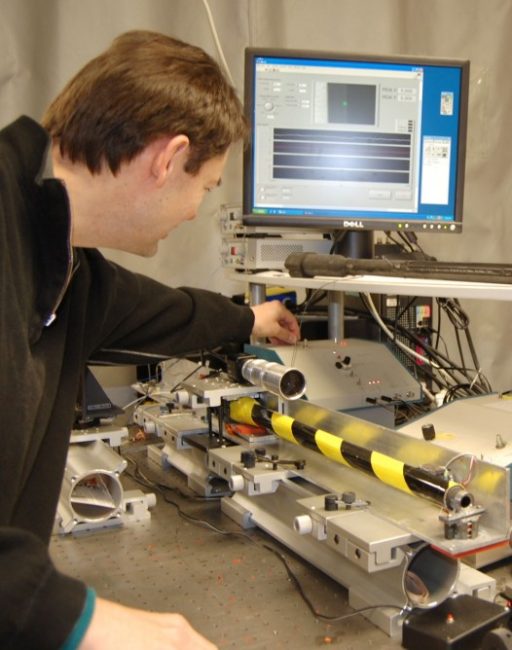Quantum computing has potential to solve challenges ranging from designing new lifesaving drugs to instantaneously debugging millions of lines of software code. This Quantum computing has been a goal of researchers for more than three decades, but it has proved remarkably difficult to achieve. But American military contractor Lockheed Martin Corp. has said that it’ll integrate a quantum computing platform from Canadian partner D-Wave Systems into its business and will make commercial use of quantum computing, which could solve some business and science problems millions of times faster than can be done today at mere speed.
For long time academic researchers and scientists at different companies like Microsoft, IBM and Hewlett-Packard have been working to develop quantum computers. But it has been proved remarkably difficult to develop. Now, Lockheed Martin — which bought an early version of such a computer from the Canadian company D-Wave Systems two years ago — is confident enough in the technology to upgrade it to commercial scale, becoming the first company to use quantum computing as part of its business.
Quantum computing is so much faster than traditional computing because of the unusual properties of particles at the smallest level. Whereas the bits in a traditional binary computer are restricted to one state at a time — 1 or 0, on or off — quantum computing can simulate a bit in multiple states. Instead of the precision of ones and zeros that have been used to represent data since the earliest days of computers, quantum computing relies on the fact that subatomic particles inhabit a range of states. Different relationships among the particles may coexist, as well. Those probable states can be narrowed to determine an optimal outcome among a near-infinitude of possibilities, which allows certain types of problems to be solved rapidly.
The D-Wave computer that Lockheed has bought uses a different mathematical approach than competing efforts. In the D-Wave system, a quantum computing processor, made from a lattice of tiny superconducting wires, is chilled close to absolute zero. It is then programmed by loading a set of mathematical equations into the lattice. However, the company’s scientists have not yet published scientific data showing that the system computes faster than today’s conventional binary computers.
Source: Lockeed Martin
Thanks To: New York Times
[ttjad keyword=”best-selling-gadget”]




